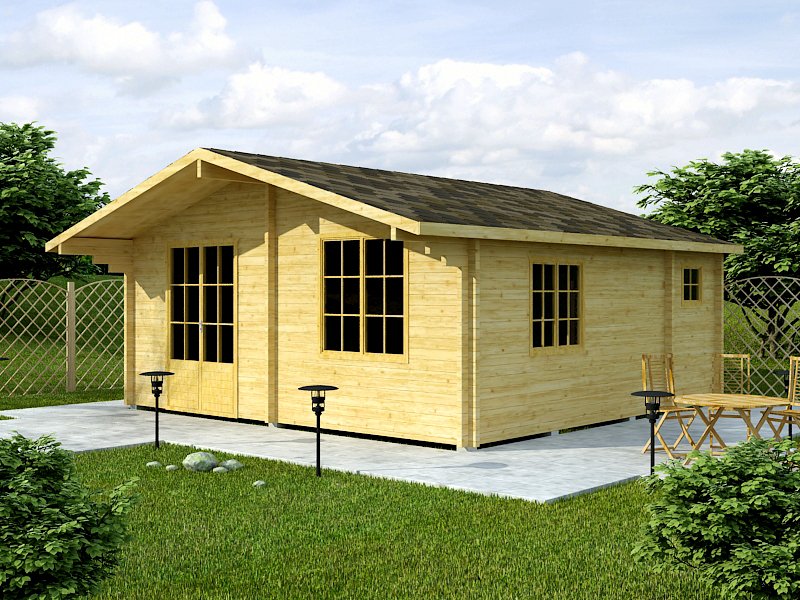
The Art of Garden Building Maintenance and Care
MyBuilder makes it simple and accessible to connect with trusted local providers of gardening and grounds maintenance services who can transform your outdoor space into an oasis of beauty and serenity.
Pruning
Pruning is an important garden maintenance technique that many gardeners struggle to master. Pruning’s goals include deadwood removal, shaping by controlling or redirecting growth, encouraging flower and fruit development, improving or maintaining health, reducing risk from falling branches, as well as creating highly specialized garden forms like espaliers, topiaries and pollards.
Pruning is typically carried out during the late dormant season, although it can be done at any time of year. Pruning helps prevent many common plant issues like insect infestation and disease, as well as dead or damaged growth removal. For best results, pruning should serve a specific purpose instead of just simply taking off any dead or damaged growth; to do this requires close observation of each plant so as to determine its natural form and habit.
Gardeners must also regularly thin the canopies of shrubs and ground covers to keep their canopies from becoming too dense, which will increase air circulation to protect against insects and diseases. Hydrangeas, lilacs, forsythia and forsythia should be pruned after blooming to promote further blooms; other ground covers like azaleas, rhododendrons mountain laurel roses should be cut back before their buds begin swelling.
Pruning requires three key components — correct cuts, clean tools and consistent pruning — in order to be successful gardening. By adhering to these simple guidelines, gardeners can overcome pruning anxiety and gain satisfaction from maintaining their landscape in an orderly fashion.
Weeding
Weeding refers to the practice of clearing away unwanted plants from a garden or landscape. It’s an integral component of gardening maintenance because weeds compete for water and nutrients with desired plants, harbor pests that harm crops, and become unsightly over time. Regular weeding promotes healthier soil conditions while keeping gardens looking appealing.
Weeders come in all forms and sizes, from simple hand tools to complex robotic machinery. Whatever method is chosen, all parts of a weed must be eliminated to stop it from coming back – this means digging out its full root system rather than simply pulling its top surface off, which could allow more growth to take place later.
Some weeds can be remarkably resilient and take multiple attempts to eradicate. When this is the case, using a weed killer to destroy not just its roots but the entire weed will often do the trick – these products typically contain chemicals designed specifically to kill weeds without harming other plants; liquid or granular versions are widely available from hardware and home improvement stores.
When it comes to weeding, spring and early summer are usually the optimal times. Since most annual weed seeds spread quickly and produce lots of offspring each year, removing these weeds before they bloom means not having to deal with them again the following year.
Mulch can provide effective weed control by suppressing and preventing them from growing in the first place, while installing a drip irrigation system restricts water access for weeds so they cannot spread as rapidly.
Watering
Garden building maintenance and care involves more than simply cutting the grass or trimming hedges; it involves creating an idyllic balance between nature and design that transforms your outdoor space into an idyllic sanctuary of tranquillity. Proper watering is key to maintaining its health and beauty during hot and dry periods, as is regularly monitoring maintenance practices as seasons change to ensure plants remain vibrantly alive. Furthermore, with vertical gardens becoming increasingly popular it’s crucial that their unique needs for upkeep are understood so they can be cared for accordingly.
Fertilizing
Plants require sunlight, water and nutrients in order to thrive. Rainfall or irrigation provide water while photosynthesis robs nutrients from soil through photosynthesis; however, certain plants can quickly exhaust its supply of these resources and this may require fertilizing in order to continue growth.
Fertilizers are chemical or organic substances added to soil for the purpose of increasing its fertility, often sold in forms that make use easier, such as liquid sprays or granules. Furthermore, many are available in an assortment of formulations. Based on their source (manure from poultry, cow or horse droppings for instance), compost, blood meal from animal slaughtering processes cottonseed or seaweed; inorganic fertilizers are manufactured through chemical processes but typically possess greater nutrient contents than organic counterparts.
An effective starting point for gardeners is to conduct a basic soil test to identify each plant’s individual nutrient requirements and use that information as the basis of applying the right amount of fertilizer.
Applying fertilizer involves several methods, including broadcasting it across a garden, banding individual plants or seedlings with it and side-dressing a specific area each irrigation cycle. When selecting fertilizers it is essential to heed their packaging’s instructions, as different soil and plant types require different amounts. Furthermore, some may contain potentially toxic elements like lead, cadmium or arsenic which is why low or no sodium versions should always be selected as these options offer greater safety.
Planting
Grown from small seeds, trees can become majestic additions to any garden and shade for other plants. As part of regular maintenance, a close eye should be kept on their health and appearance – checking for pests, diseases and signs of wear-and-tear.
Regular weeding will keep a garden in good health and prevent overcrowding, while proper watering and fertilizing practices can foster strong root growth and vibrant flowering. Furthermore, it’s essential to monitor any hard-standing areas or structures such as boundary fences or walls for any repairs that may need to be done as they may become necessary.
Wood can be maintained using various techniques, including washing, charring, oil staining and painting. Each technique requires specialization from an experienced hand; preservatives should also be utilized in order to preserve outdoor spaces for years.